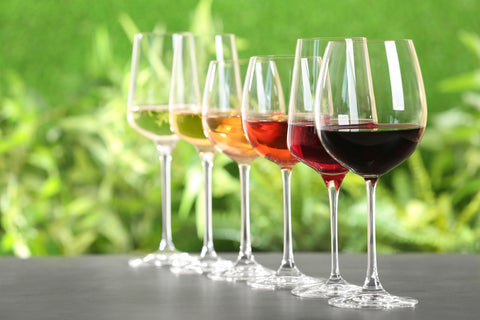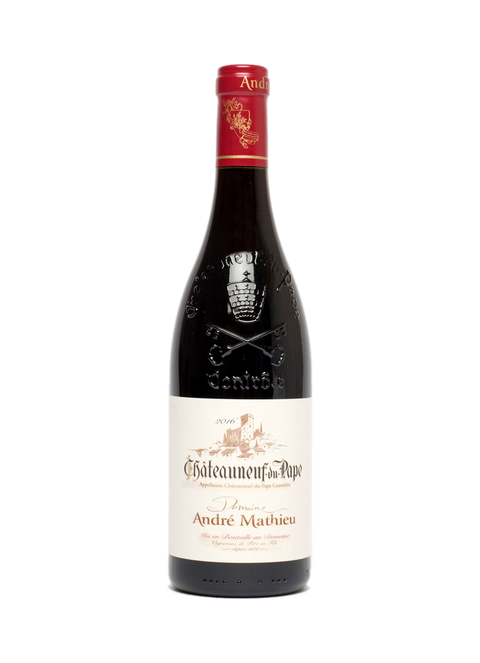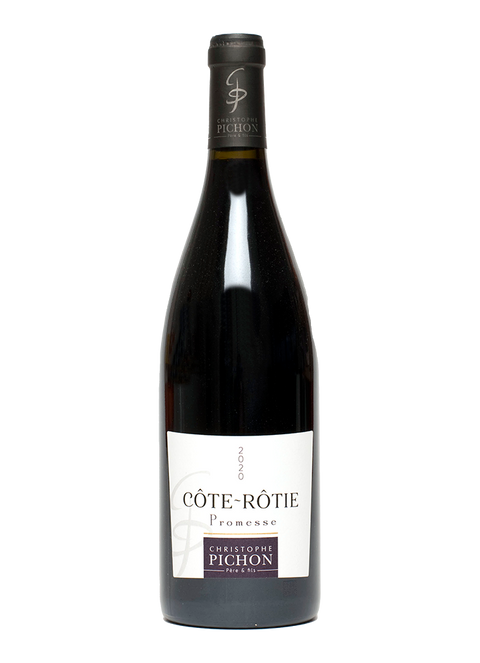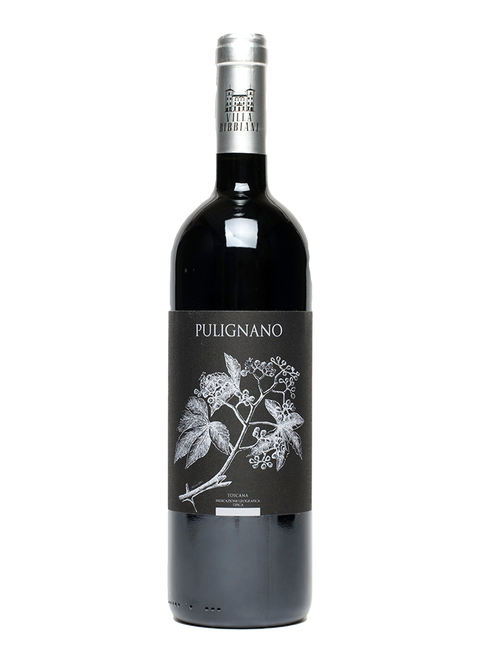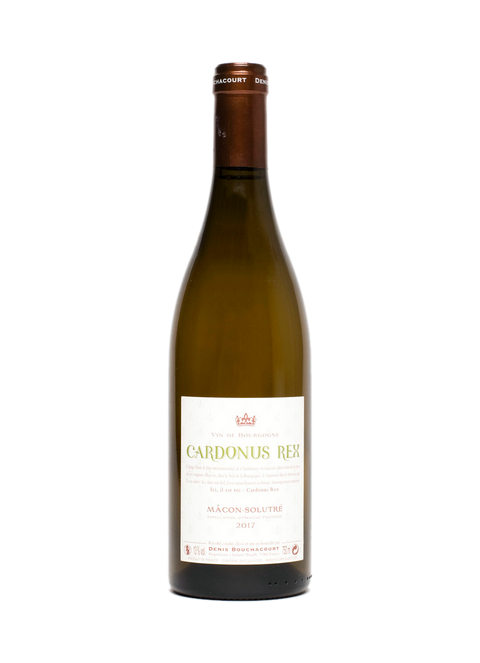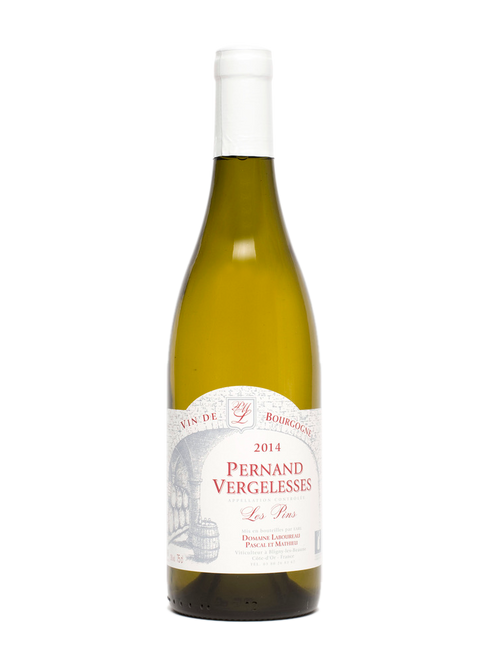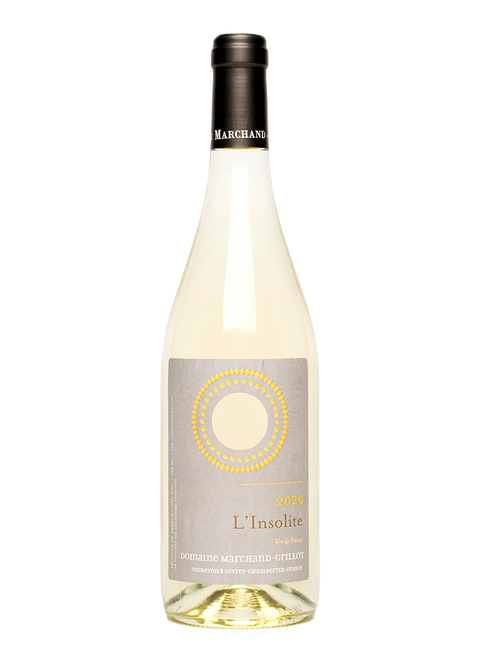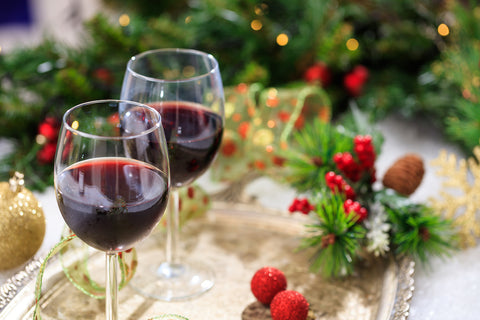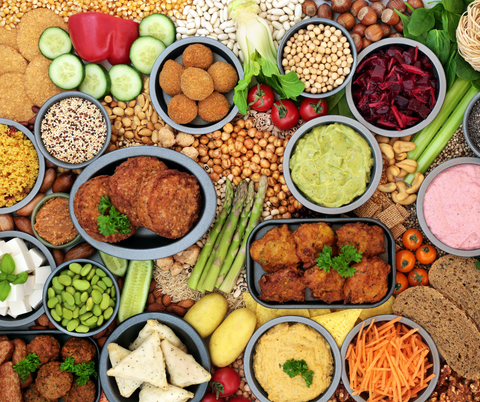Which wine glass should I use?
May 5, 2024 | Mary Domange
We have all drunk wine from a toothmug, enamel cup or an array of other vessels including from the bottle itself (yes, really!) But is insisting on a particular glass shape or style just another bit of wine snobbery, or can it really make a difference to the wine?
The best shape for a wine glass
There are times when convenience or circumstance trump style, but if you are thinking of buying some new wine glasses, there are a couple of things to look out for that could make drinking the wine even more pleasurable.
Regardless of the cost of the wine glass, the first thing to look for is one that has a tulip shape – where the rim of the glass is smaller than the widest part of the bowl. Why? Because this allows you to fill your glass only to the point where the bowl narrows, leaving plenty of room above the wine for the aromas to develop and remain.
When you stick your nose into the top of the glass, after a light swirl, you should be able to pick up these aromas, and start to experience the wine before it hits your mouth. The nose and mouth receptors work symbiotically in identifying flavour, so a small sniff will always add to your wine tasting experience.
What impact does a wine glass have on the wine?
By leaving enough room at the top of the glass for these aromas to develop, you will have a far better chance of bringing all your senses to life, before taking a sip.
In a red wine you might be looking for red berry fruit flavours, or perhaps dark fruits such as plums, depending on the grape variety. In a white wine, you might be on the lookout for orchard fruit fragrances such as apples and pears, or perhaps gooseberry, citrus or exotic fruits such as lychees, pineapple and mango.
How much wine should I put in my wine glass?
In general, the wine should not rise above the point where the bowl of the glass starts to curve inwards. This might look a bit stingy if you’re used to a full to the brim experience, but it will provide a better drinking experience, and allow you plenty of refills!
Red wine glasses
Connoisseurs might prefer to use large fishbowl style glasses for the delicate flavours of Burgundy wine (Pinot Noir) and wide, tall tulip shaped glasses for Bordeaux style wines (Cabernet sauvignon/Merlot), but a good set of larger style glasses where the rim is smaller than the bowl will work for all red wines.
White wine glasses
White wine glasses are easier to navigate – a good, tulip shaped glass is ideal. Again, do not overfill if you want to allow the wine to release all its fruity flavours into the top part of the glass.
Rosé wine glasses
Rose wine is fine served in a white wine glass – but, if like me, you are partial to an occasional ice cube in your Rosé wine, feel free to use a larger glass! Thus proving that rules are made to be broken!
Dessert wine glasses
We usually serve dessert wines in a slightly smaller white wine glass. As these tend to be highly aromatic wines, try to avoid serving them in tiny liqueur glasses as you will not give the wine any space to breathe and the subtle, sweet fragrance will be lost. Again, only fill the wine about an inch up the glass – you can always come back for more.
Champagne glasses
Champagne is a party drink, a wine for celebration and fun. Which is why I don’t want to get too prescriptive about what glass you use. There are two options for the connoisseur; a tulip style glass that’s a little thinner and taller than a white wine glass, or a flute that is correctly proportioned to encourage the string of little bubbles to float upwards.
The popular vintage Champagne saucers are great fun but generally not considered the ideal vessel for tasting good Champagnes because the wide surface allows the bubbles to dissipate too quickly and much of the aroma is lost as the glass is generally filled almost to the top.
Where can I buy good wine glasses?
You can find wine glasses everywhere so let budget be your guide.
Expensive Wine Glasses
For a really superb wine drinking experience, that comes at a cost, you can’t go wrong with a starter kit from the Austrian firm Riedel. They offer a variety of glasses at different prices and are well worth the extra spend if you are careful not to break them – or if you do – to not feel too upset! The glass is beautifully made with a lovely thin rim.
I have a reasonable set of these that I use for special wines or occasions and breakage rate is relatively low. I always put them in the dishwasher, even though this is not advised – just make sure you have plenty of rinse aid and salt and they should be fine.
Budget Wine Glasses
For everyday glasses that won’t break the bank, I usually rely on the Ikea Svalka range – we also use these for our parties and customers’ parties. Their wine glasses are a good shape and you won’t be devastated if they get broken.
Kitchen Wine Glasses
As we taste a lot of wine in our house, we used specialised wine tasting glasses which we use for everything – white, red and rosé. The glass is a little thicker than the Riedel, but the shape is good, and they have shorter stems making them easy to stick in the dishwasher. They are known in the trade as ISO 21.5cl Wine Tasting Glasses so if you type that into any browser you should find some affordable options.
We often use the Wine Box Company.
As always. make sure that you only fill the glass to the point where the glass starts to narrow – about 1.5 inches from the bottom to allow the wine to breathe and release its aromas.
And finally...
If I had to choose just one glass to use for everything, forever, I'd have a hard time parting with one of my trusty 'Kitchen Glasses' as they are sturdy enough to withstand even the clumsiest of owners, and will almost certainly improve any wine - as long as you don't fill it to the top. Top up, rather than to the top is my little piece of wine wisdom.


